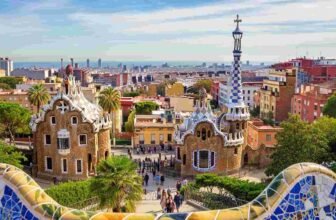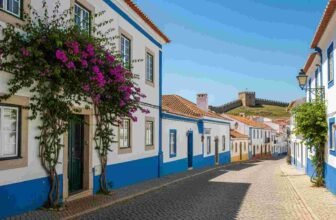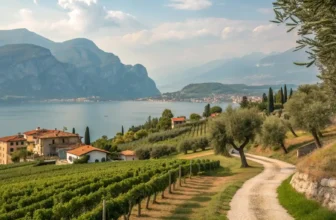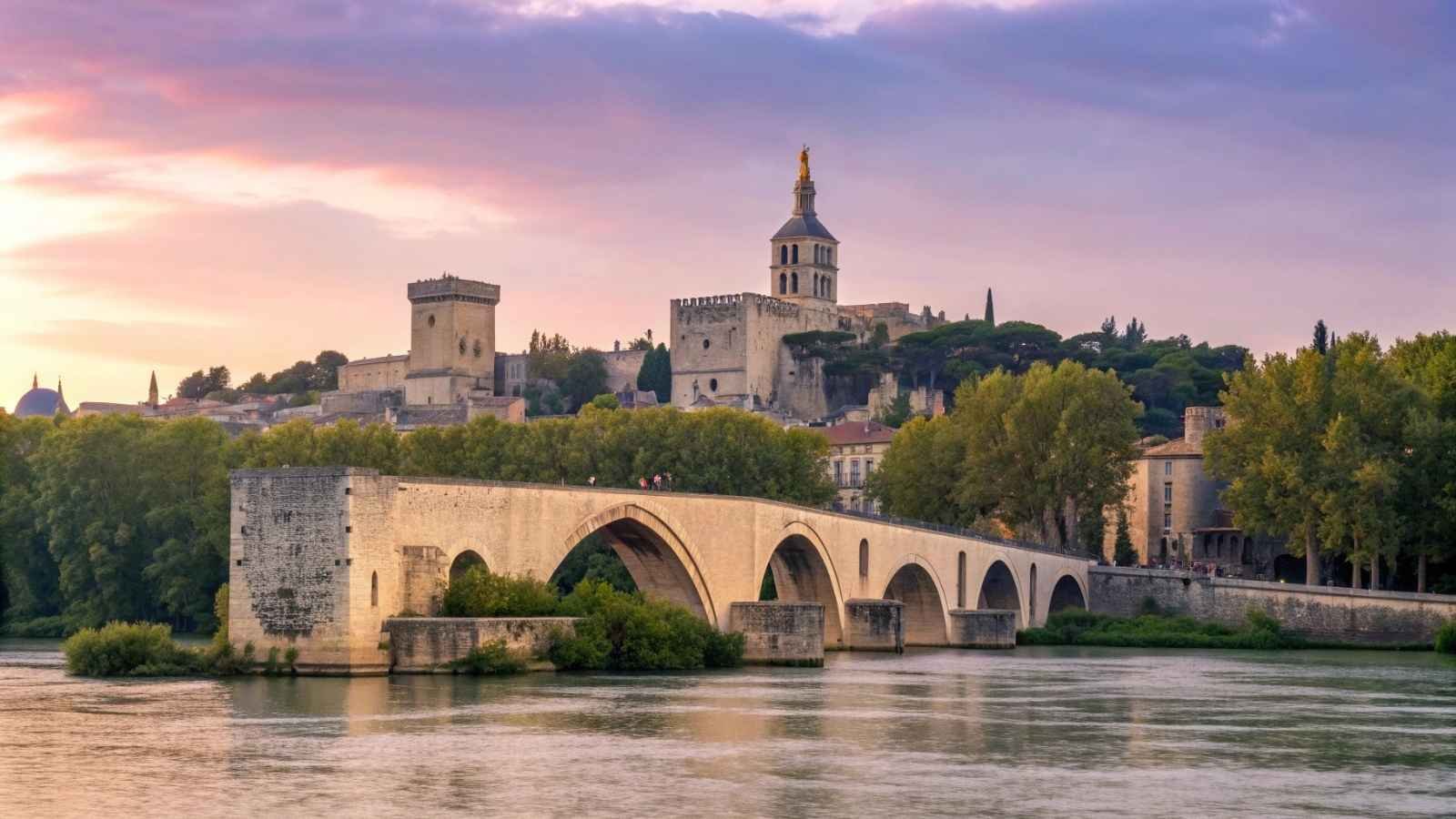
Paris has a way of stealing the spotlight, but let’s be honest—it often feels more like a performance than real life. Crowds jostle for the same views, prices climb higher than the Eiffel Tower, and the magic gets lost in the shuffle.
Yet beyond the capital, there’s a different France waiting—one that’s warm, authentic, and refreshingly unpolished.
It’s the kind of France where café tables are filled with locals, history feels alive instead of staged, and beauty isn’t hidden behind long ticket lines. If you’re craving charm without chaos, these destinations prove the heart of France beats far beyond Paris.
1. Lyon
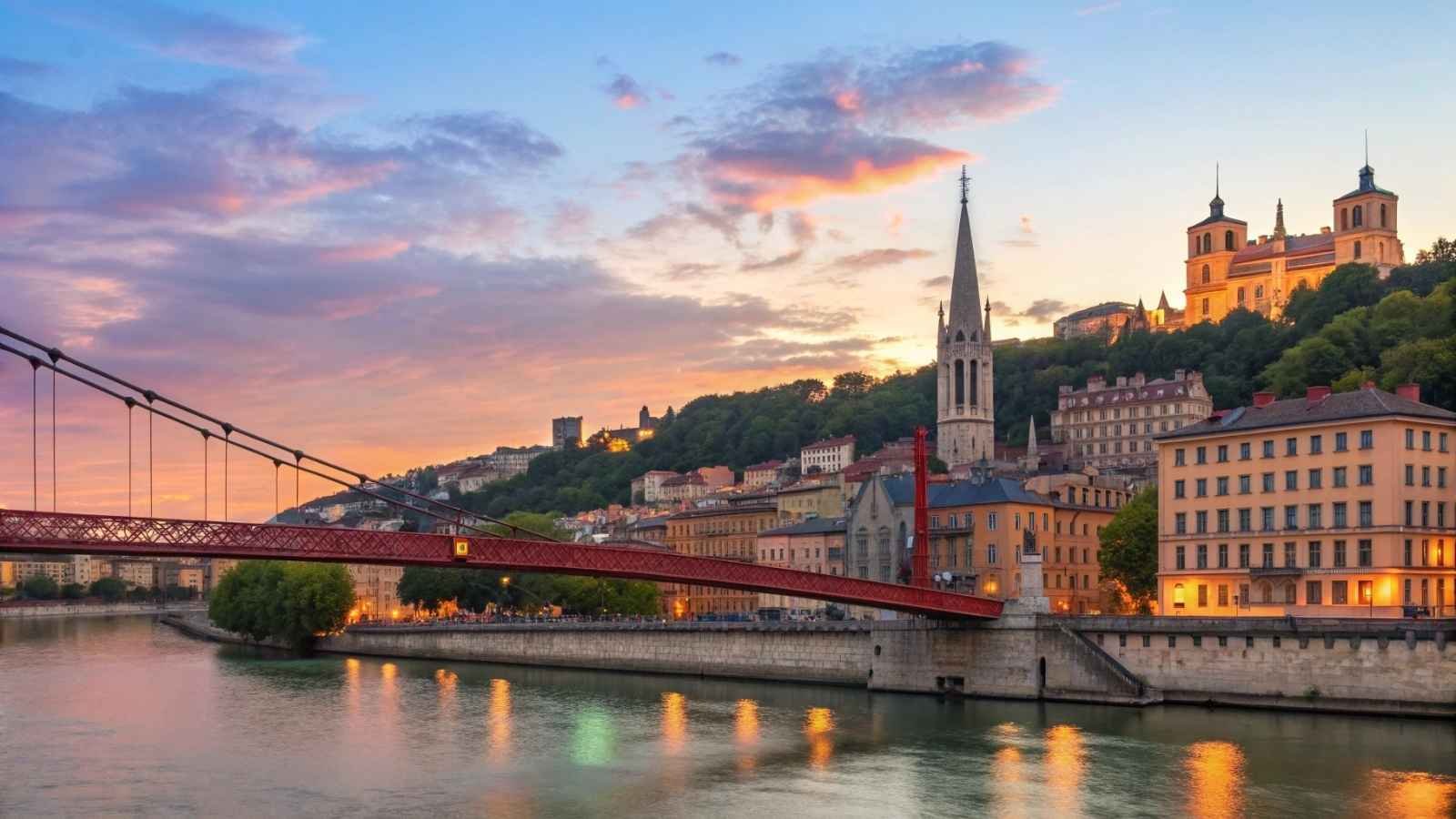
Lyon is the kind of place that makes you wonder why everyone flocks to Paris when this gem exists. Known as the gastronomic capital of France, the city offers an authentic taste of French culture without the constant hum of selfie sticks and overpriced cafés. The narrow alleyways of Vieux Lyon pull you back in time, while the Rhône and Saône rivers frame the city with elegance. Walk into a bouchon (traditional Lyonnais restaurant), and you’ll quickly realize food here is not just a meal—it’s a celebration.
The charm of Lyon is how old-world traditions blend with modern life. The traboules, secret passageways once used by silk workers, are still open to wanderers today, and yet you’ll also find one of Europe’s best modern art museums just across town. It’s this layering of eras and styles that makes Lyon endlessly intriguing.
Evenings in Lyon feel warm and welcoming. Locals actually occupy the cafés, unlike in Paris where they’re often filled with tourists. The streets light up, the rivers glow, and the whole city feels like it’s holding its own quiet festival—every night.
- Best Months to Visit: May–June and September–October
- Don’t Miss: Traboules of Vieux Lyon, Fourvière Hill, Les Halles de Lyon Paul Bocuse
- Known For: Gastronomy, Renaissance architecture, riverside charm
- Perfect For: Food lovers, history buffs, and anyone craving an authentic French vibe
2. Bordeaux
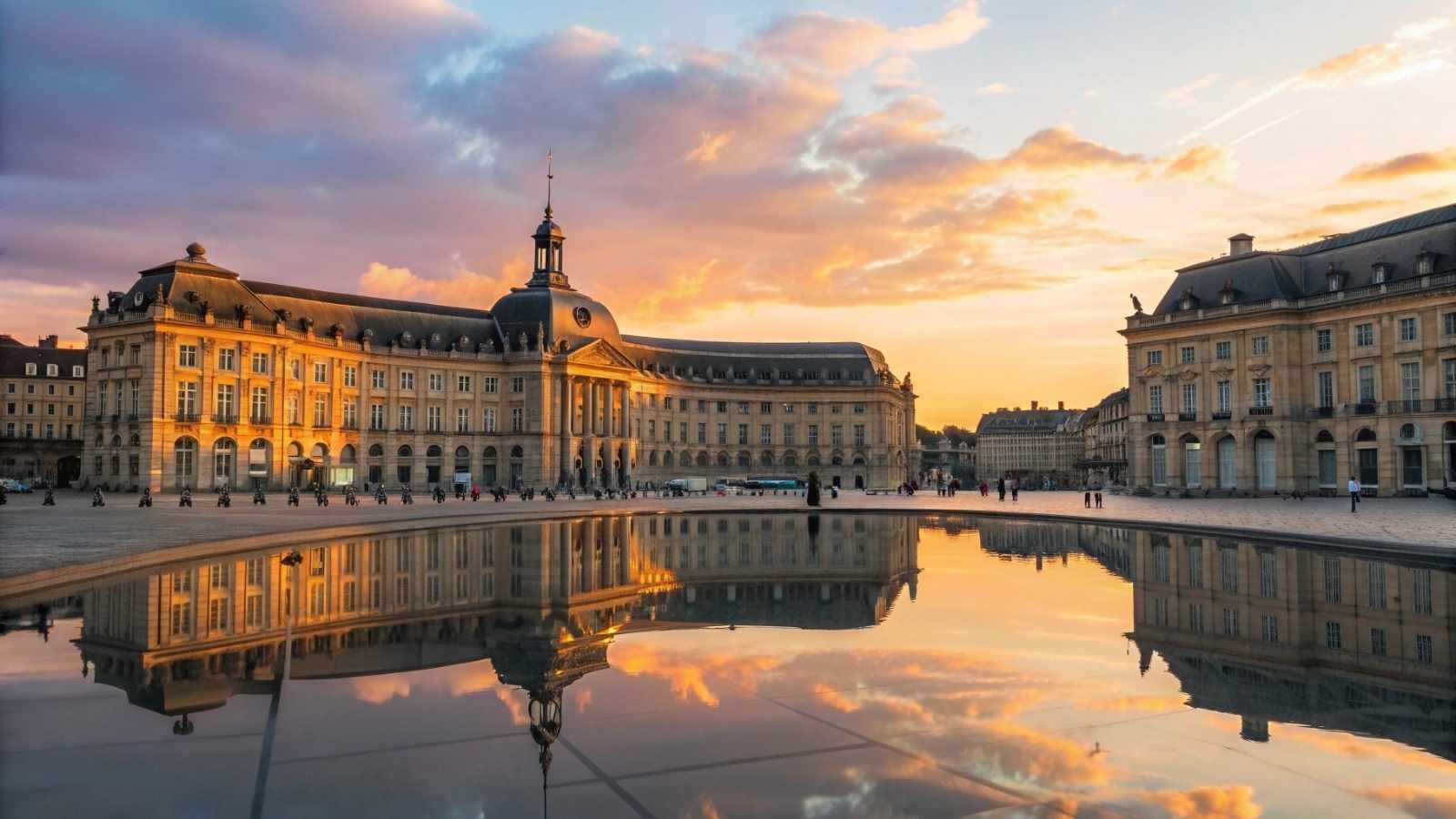
If Paris is all about staging the French fantasy, Bordeaux feels like the real deal. Known worldwide for its wines, the city itself is just as intoxicating as its vineyards. The historic center, with its golden limestone facades, feels elegant without being stiff, and the city buzzes with a relaxed confidence. Walk along the Garonne River and you’ll see families, students, and locals enjoying life—without the tourist chaos that often drowns Paris.
What really sets Bordeaux apart is how walkable and approachable it is. You can explore its UNESCO-listed old town in a single afternoon, and still have energy left to enjoy a glass of Saint-Émilion or Médoc at a local wine bar. The city also has an easy connection to the Atlantic coast, so a day trip to Arcachon Bay or the Dune of Pilat is never out of reach.
Even if you’re not a wine enthusiast, Bordeaux’s café culture, markets, and riverside cycling trails are more than enough to keep you hooked. It’s one of those cities where you can slow down, sip, and savor every moment without feeling like you’re ticking off a checklist.
- Best Months to Visit: May, June, September
- Don’t Miss: Place de la Bourse, Cité du Vin, Saint-André Cathedral
- Known For: World-class wine, UNESCO historic center, riverside promenades
- Perfect For: Wine lovers, casual explorers, couples on a slower-paced getaway
3. Strasbourg
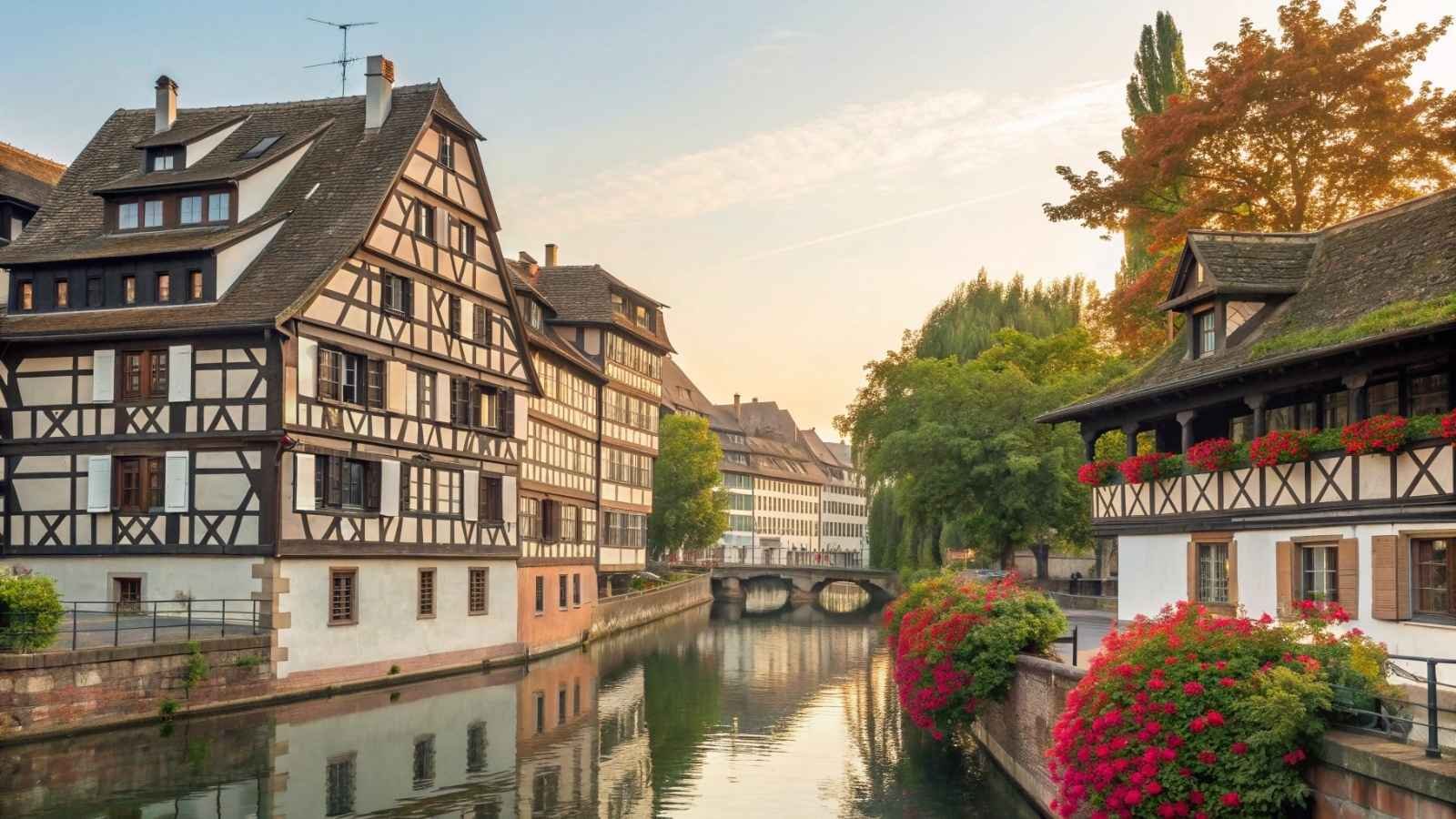
Strasbourg is where France meets Germany, and you can feel it in every half-timbered house and every hearty Alsatian dish. The mix of cultures creates a city that feels both unique and deeply rooted in tradition. Walking through the Petite France district feels like stepping into a storybook—flower boxes overflowing, canals reflecting the architecture, and cobblestone streets that beg you to wander.
The city’s crown jewel, Strasbourg Cathedral, is simply jaw-dropping. It towers above the old town with a Gothic presence that rivals anything Paris has to offer, yet it’s surrounded by quaint squares and cozy cafés where locals linger over tarte flambée. This balance between grandeur and coziness is what makes Strasbourg unforgettable.
Add to that the European Parliament and university scene, and you’ve got a city that’s not only historic but also very much alive. The vibe is youthful, yet grounded—a mix that keeps travelers coming back for more.
- Best Months to Visit: May–June, December (for the Christmas market magic)
- Don’t Miss: Strasbourg Cathedral, Petite France, Alsatian Museum
- Known For: Half-timbered houses, canals, European Parliament
- Perfect For: History fans, Christmas lovers, and anyone who enjoys cultural fusion
4. Toulouse
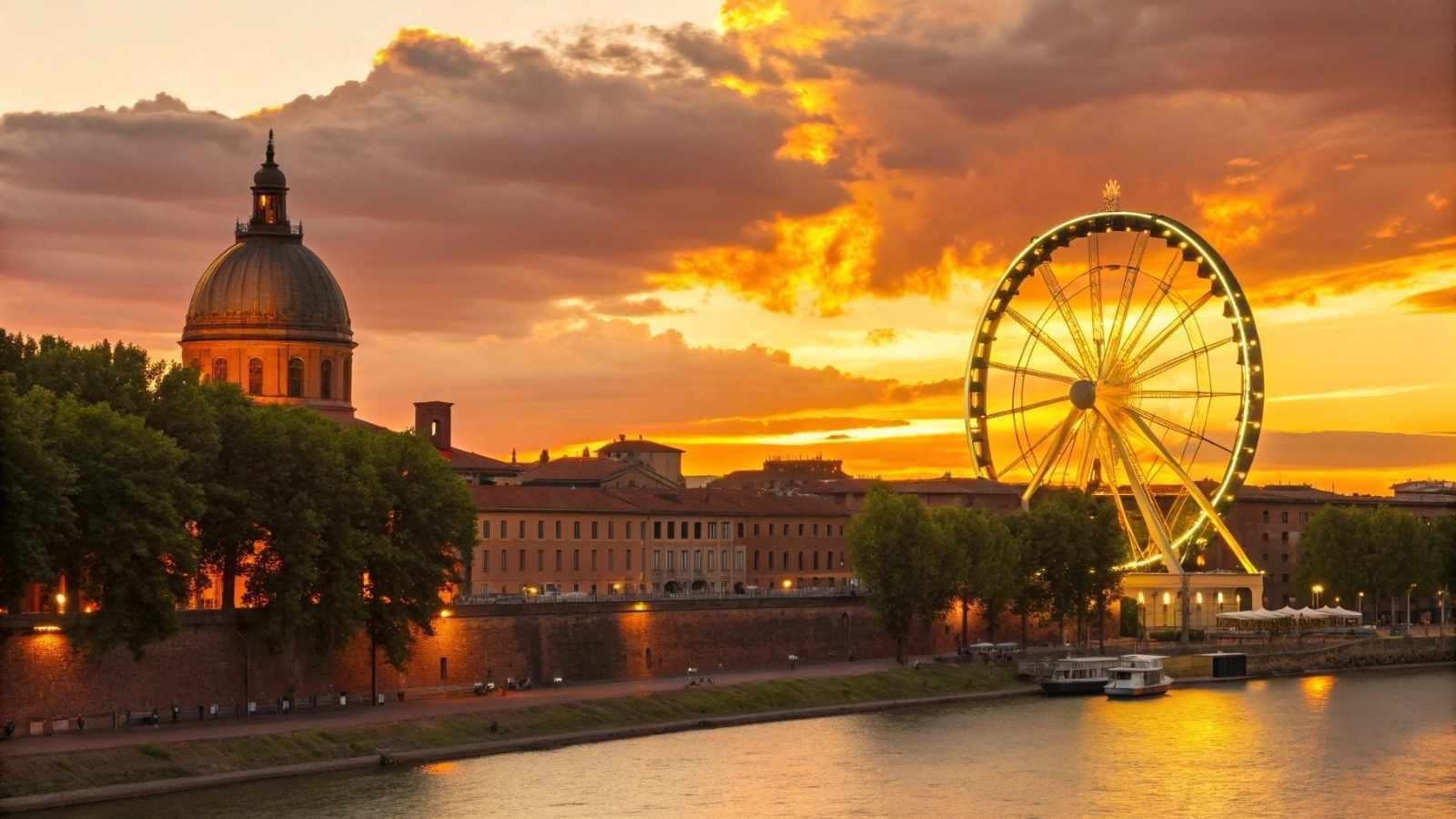
Nicknamed La Ville Rose (The Pink City) for its terracotta architecture, Toulouse has a warmth that Paris can’t quite match. The city is buzzing with life, thanks in part to its large student population, which means cafés, bars, and markets are lively without feeling staged. Walk through Capitole Square, and you’ll feel that mix of elegance and youth that defines Toulouse.
What sets Toulouse apart is its ability to feel both historic and forward-looking. This is the center of Europe’s aerospace industry, so while you’ll stroll past centuries-old churches, you’re also never far from Airbus or the Cité de l’Espace space museum. That balance between old charm and modern innovation is what makes Toulouse stand out.
And then there’s the food. Cassoulet—a rich, hearty stew—is the local specialty, and it’s worth traveling for. Add to that a riverside stroll along the Garonne at sunset, and you’ll quickly see why locals cherish their city.
- Best Months to Visit: April–June, September–October
- Don’t Miss: Capitole de Toulouse, Basilica of Saint-Sernin, Garonne river walks
- Known For: Pink terracotta buildings, aerospace industry, cassoulet
- Perfect For: Foodies, young travelers, and anyone curious about French life outside the tourist bubble
5. Nantes
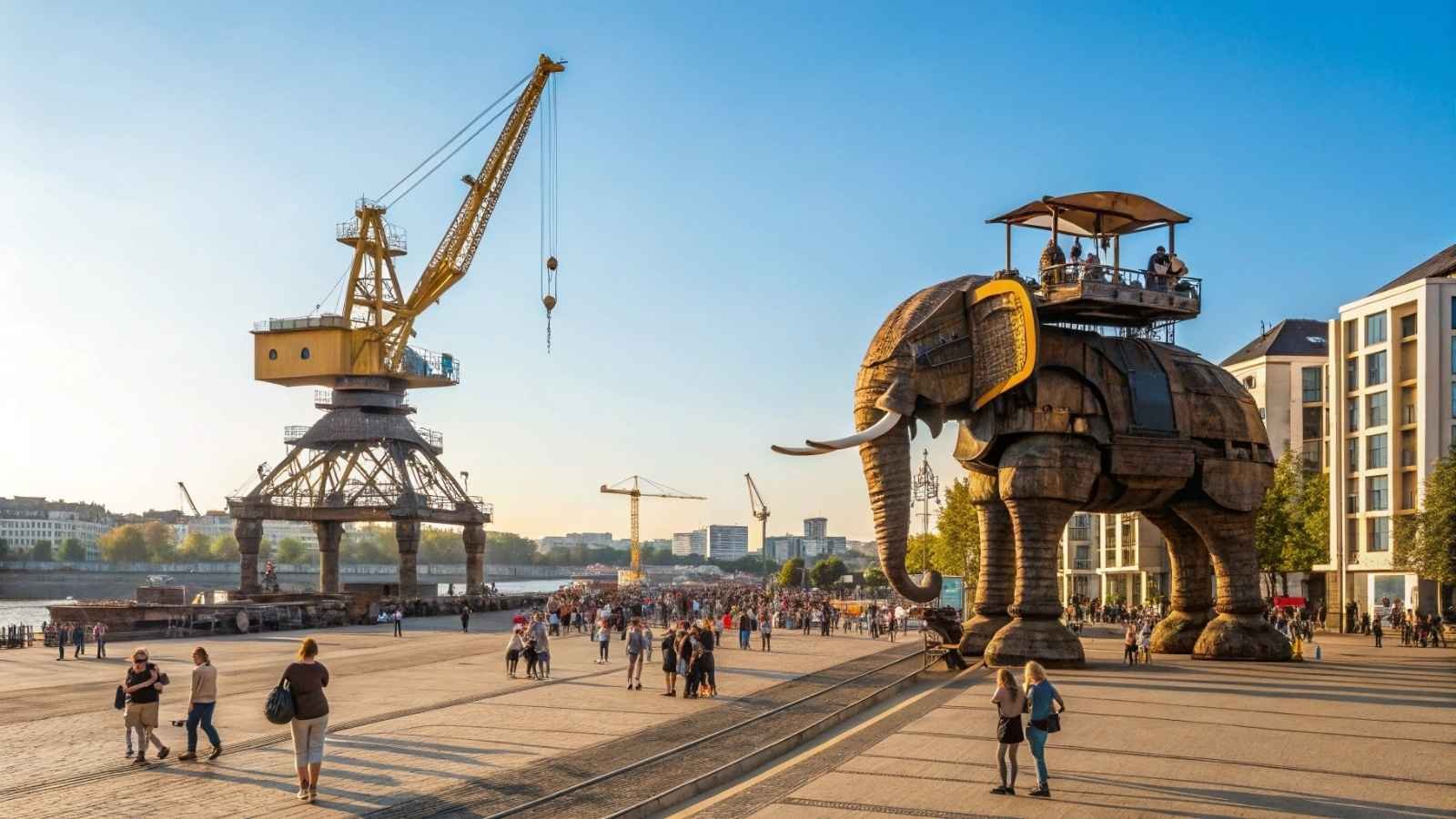
Nantes often flies under the radar, but those who venture here find a creative and forward-thinking city with deep historical roots. Once a major port and shipbuilding hub, Nantes has reinvented itself into a cultural powerhouse. The Machines of the Isle—giant mechanical animals you can ride or watch come to life—set the tone for a city that blends imagination with innovation.
Beyond its quirky modern attractions, Nantes is steeped in history. The Château des Ducs de Bretagne sits at the heart of the city, a reminder of its medieval past, while leafy boulevards and riverside paths keep it light and livable. It’s the kind of place where you can start your morning with history, spend your afternoon on art, and end your day by the Loire with a crisp Muscadet wine.
The city also feels refreshingly authentic. It doesn’t try to perform Frenchness for visitors. Instead, it invites you into its rhythm—whether that’s through its vibrant music scene, bustling markets, or quiet parks.
- Best Months to Visit: May–September
- Don’t Miss: Les Machines de l’île, Château des Ducs de Bretagne, Jardin des Plantes
- Known For: Innovation, maritime history, Loire wine
- Perfect For: Families, art lovers, travelers looking for something fresh and different
6. Lille
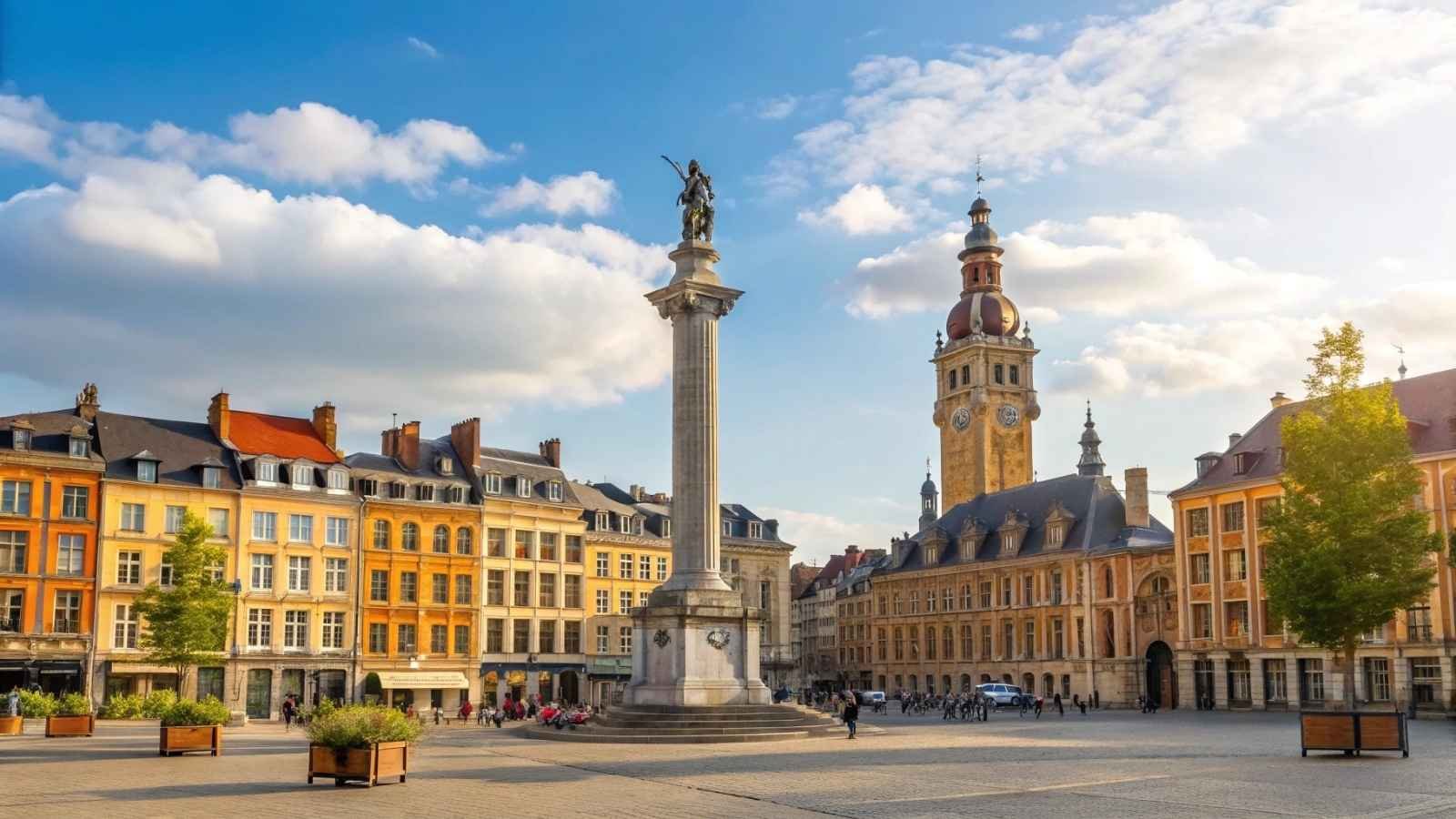
Lille doesn’t shout for attention, but once you’re there, it’s hard not to fall for its charm. Sitting close to Belgium, the city carries a distinct Flemish influence, especially in its architecture. Grand Place, with its colorful gabled facades, feels lively without being overwhelming. The locals have a reputation for warmth, and you’ll notice right away that Lille doesn’t cater to tourists—it thrives on its own rhythm.
The art scene here is surprisingly rich. Palais des Beaux-Arts is often called the “second Louvre,” and it lives up to that name with its incredible collection. Combine that with the city’s cafés, markets, and a strong student population, and you’ve got a city that feels cultured yet down-to-earth.
For travelers who crave authenticity but still want access to top-tier museums, Lille delivers big time. It feels intimate compared to Paris, yet it offers experiences that rival the capital.
- Best Months to Visit: May–June, September
- Don’t Miss: Palais des Beaux-Arts, Grand Place, Old Town (Vieux Lille)
- Known For: Flemish-style architecture, art museums, welcoming locals
- Perfect For: Culture seekers, students, travelers who love smaller city vibes
7. Montpellier
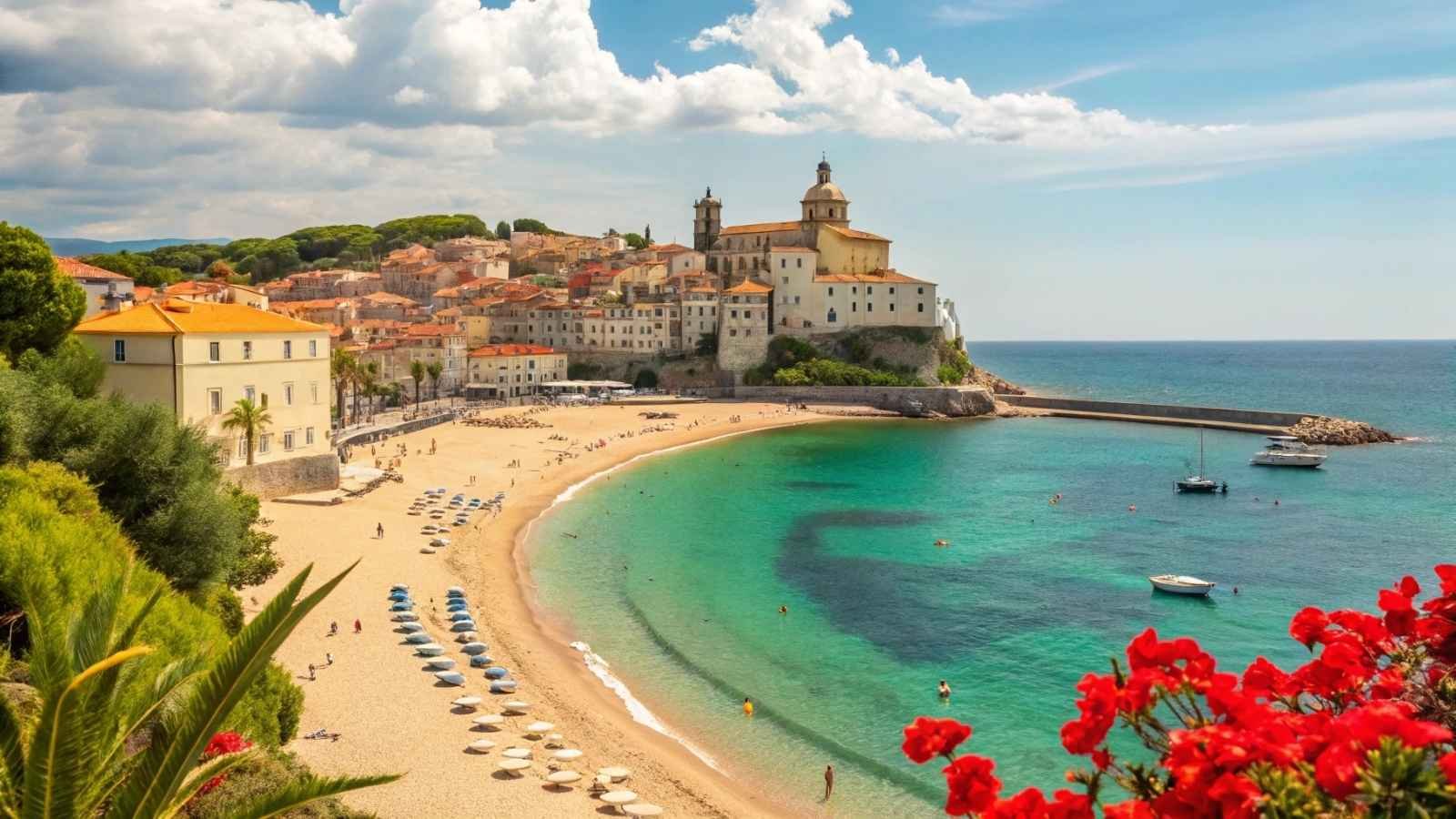
Montpellier feels like sunshine bottled into a city. It’s young, lively, and full of Mediterranean flair. With one of the largest student populations in France, its streets are always buzzing—cafés overflow, music fills the air, and plazas hum with conversation late into the evening. There’s a distinct energy here that Paris just can’t replicate.
The old town is a maze of medieval lanes, but the city is also strikingly modern in parts. Contemporary architecture blends seamlessly with centuries-old structures, creating a city that feels both timeless and forward-thinking. And when you’ve had your fill of urban charm, the Mediterranean coast is just a short trip away.
Montpellier thrives on balance: a historic heart, a youthful spirit, and the relaxed pace of a city that knows how to enjoy life. It’s a perfect warm-weather escape without the price tag or chaos of the Riviera.
- Best Months to Visit: May–June, September
- Don’t Miss: Place de la Comédie, Musée Fabre, Medieval Mikvé (Jewish ritual bath)
- Known For: Mediterranean vibe, student life, architecture
- Perfect For: Young travelers, sun-seekers, those who love art and café culture
8. Marseille
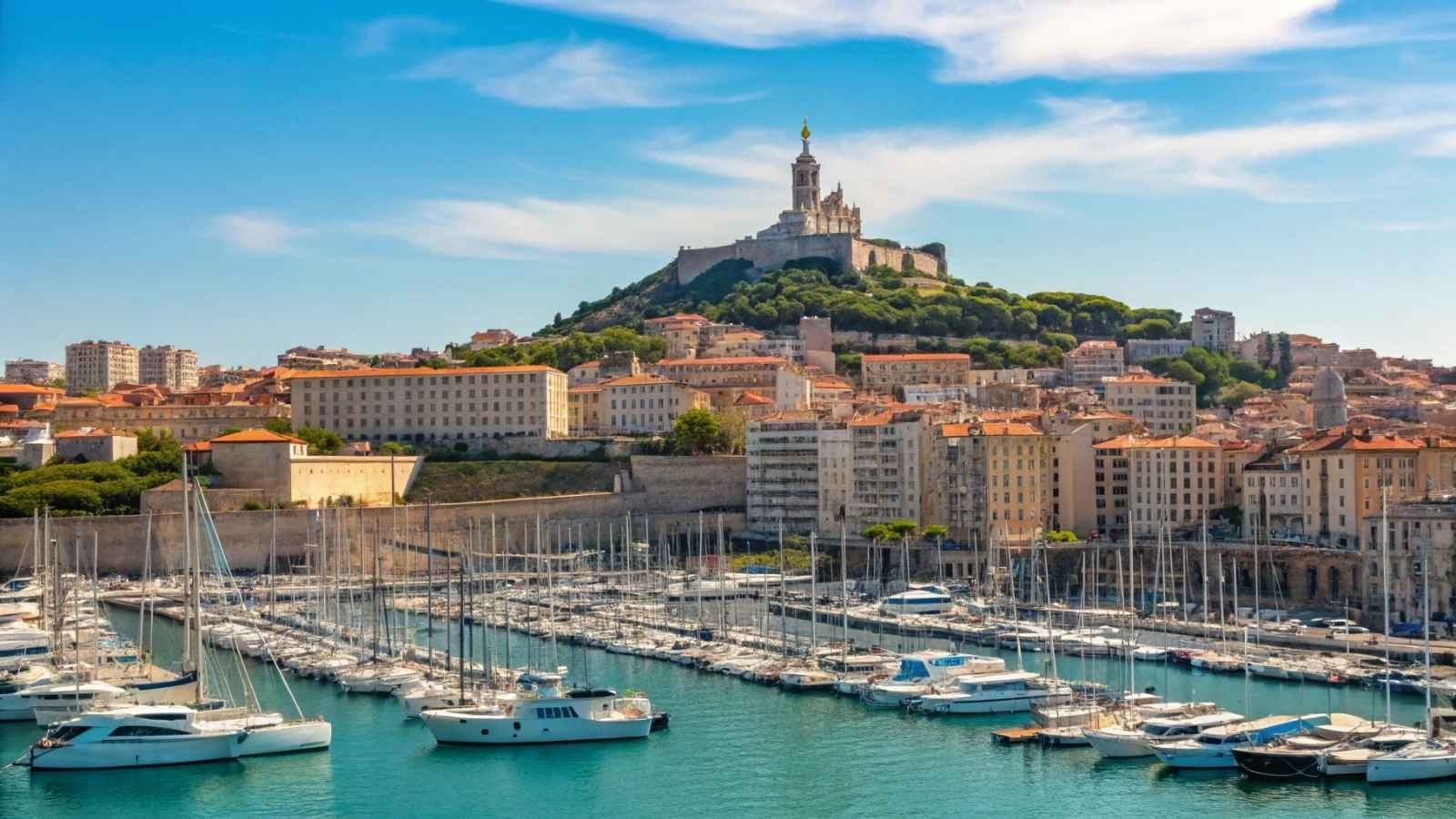
Marseille has an edge—and that’s what makes it unforgettable. This bustling port city is raw, colorful, and unapologetically real. It doesn’t polish itself for visitors, but instead offers a layered mix of cultures, cuisines, and traditions. The Old Port is the city’s beating heart, filled with fishing boats, lively markets, and plenty of opportunities to indulge in fresh bouillabaisse.
What surprises many travelers is Marseille’s natural beauty. The Calanques National Park, with its turquoise waters and limestone cliffs, is just a short ride away. You can spend the morning exploring gritty street art and vibrant markets, then escape to a Mediterranean paradise in the afternoon.
Marseille’s diversity is its strength. It’s a city where North African, French, and Mediterranean influences blend into a unique cultural mosaic. If Paris is the stage, Marseille is the backstage—messy, authentic, and absolutely worth experiencing.
- Best Months to Visit: April–June, September–October
- Don’t Miss: Old Port (Vieux-Port), Basilique Notre-Dame de la Garde, Calanques National Park
- Known For: Bouillabaisse, multicultural energy, dramatic coastline
- Perfect For: Adventurous travelers, food lovers, anyone craving a city with grit and soul
9. Dijon
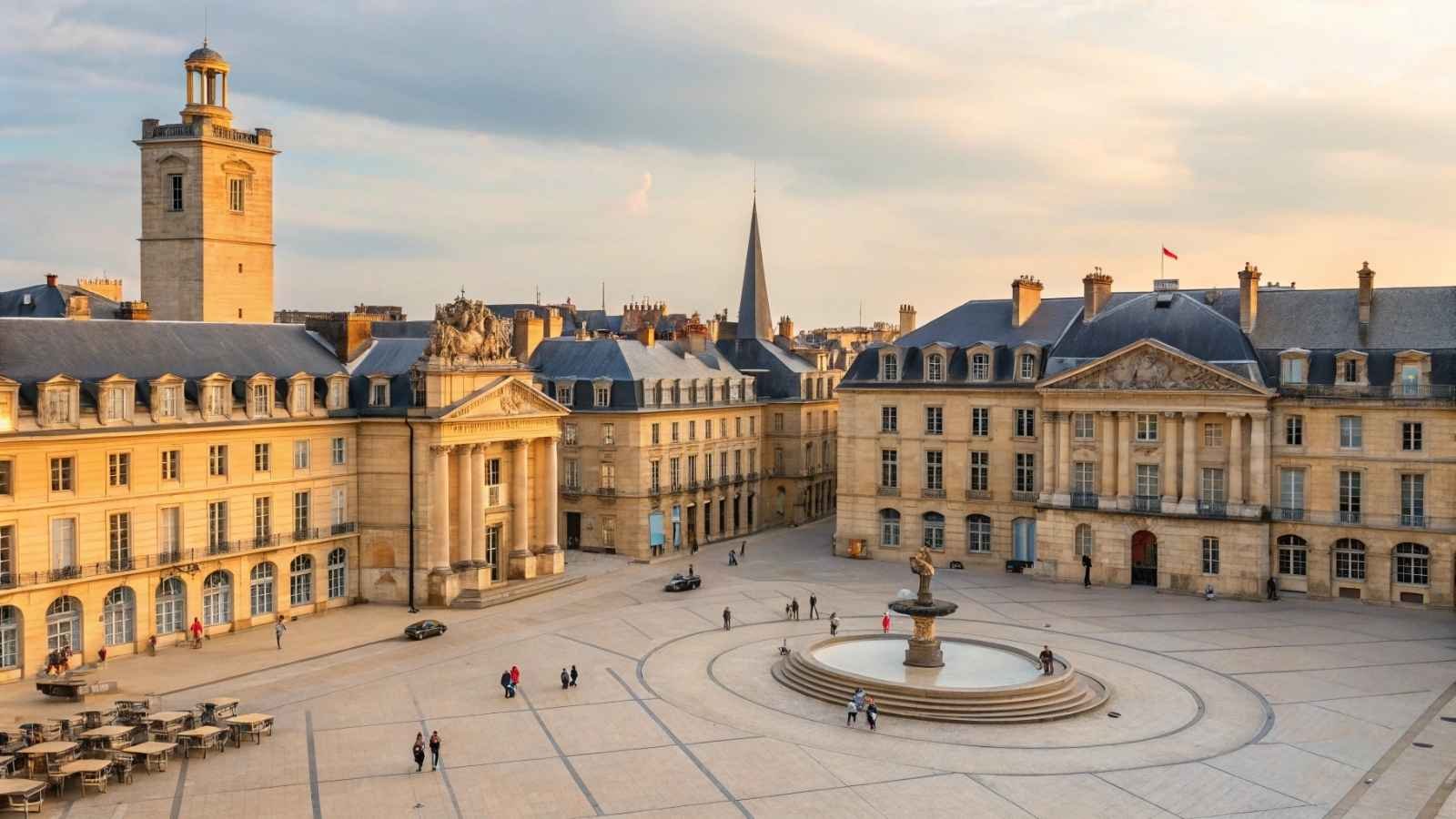
Yes, Dijon gave the world mustard, but the city is so much more than a condiment. This Burgundy capital is elegant yet approachable, offering incredible food, world-class wine, and a historic center that’s beautifully preserved. The architecture here carries a stately charm, with timbered houses, grand squares, and touches of medieval and Renaissance flair.
Food is central to Dijon’s identity. From mustard to gingerbread to Burgundy wines, everything here feels crafted for indulgence. The city’s markets are some of the best in France, bursting with regional specialties and a rhythm that feels authentically local.
Dijon is also a fantastic base for exploring Burgundy’s vineyards, many of which are just a short ride away. Paris might overwhelm, but Dijon whispers sophistication in a way that feels effortless.
- Best Months to Visit: May–September
- Don’t Miss: Ducal Palace, Les Halles Market, Owl Trail walking route
- Known For: Burgundy wine, mustard, food culture
- Perfect For: Foodies, wine enthusiasts, lovers of historic towns
10. Aix-en-Provence
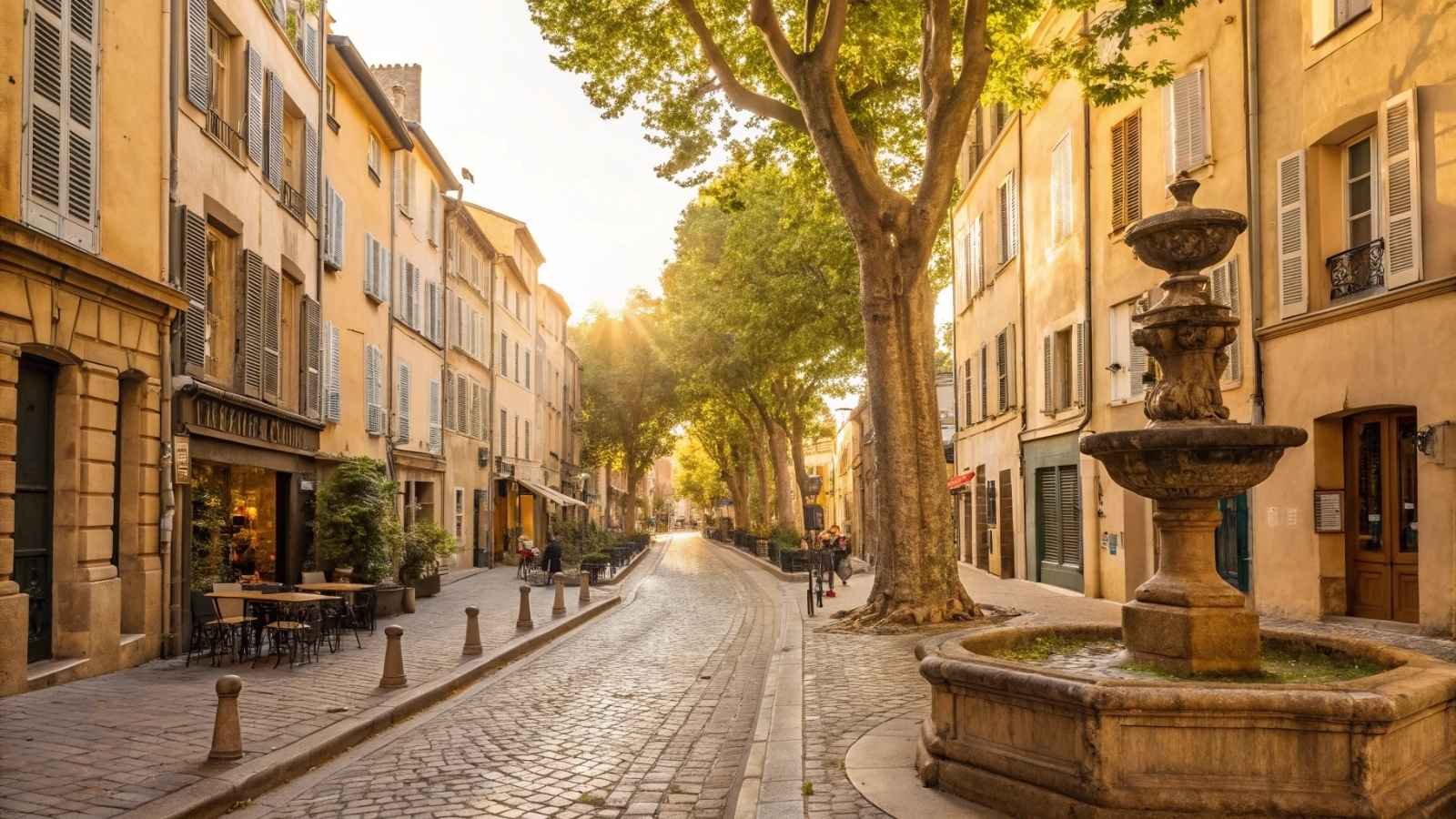
Aix-en-Provence feels like the quintessential southern French dream. The streets are lined with plane trees, fountains bubble at every square, and the light here has famously inspired painters like Cézanne. It’s elegant but not pretentious, and its slower pace makes it ideal for savoring long afternoons over rosé.
Markets are at the heart of Aix. Wander through one, and you’ll be surrounded by lavender, olive oil, soaps, cheeses, and every shade of Provence produce. It’s the kind of place where every sense is engaged—the colors, scents, and flavors leave a lasting impression.
Art and history seep into every corner here. From Roman ruins to Cézanne’s studio, Aix combines cultural richness with relaxed Provençal charm. It’s hard not to feel at ease here, especially under the golden Mediterranean sun.
- Best Months to Visit: May–June, September
- Don’t Miss: Cézanne’s Studio, Saint-Sauveur Cathedral, Provence markets
- Known For: Art, Provençal lifestyle, fountains
- Perfect For: Art lovers, couples, travelers looking for slow, sunny days
11. Annecy
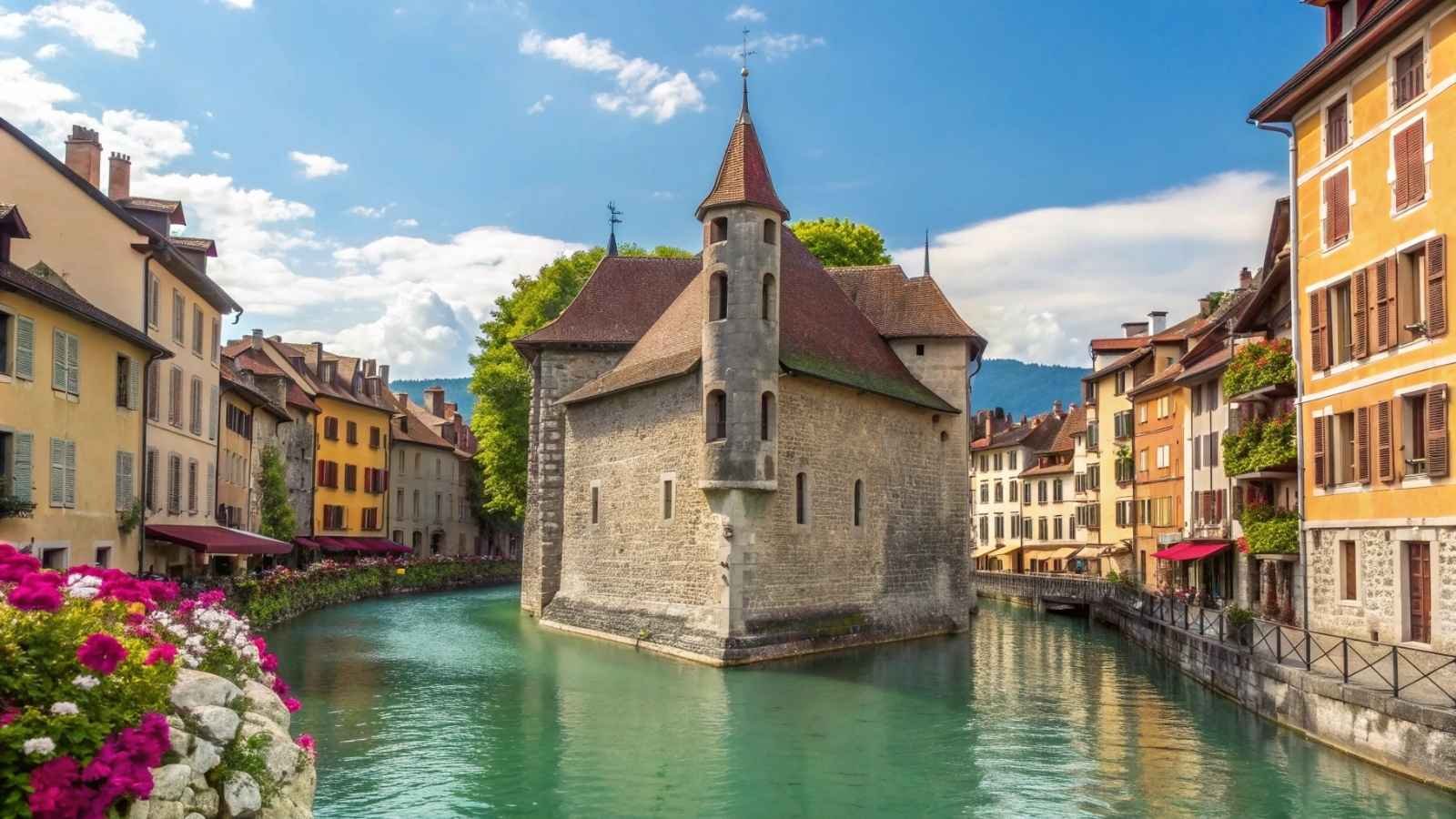
Annecy feels almost too enchanting to be real. Nestled by a glacial lake with the French Alps rising in the background, this small city is often called the “Venice of the Alps” for its canals that weave through the pastel-colored old town. But it’s more than just a postcard—Annecy offers a lifestyle centered around nature and beauty that Paris could never match.
One day here can take you from wandering cobblestone streets and sipping coffee by a canal to kayaking on Lake Annecy’s shimmering turquoise waters. Add in the surrounding hiking trails, and you have a destination where city energy and outdoor adventure blend seamlessly.
The pace is slower, the air feels fresher, and the views are constant reminders that sometimes the best French experiences aren’t in bustling capitals, but in towns where water, mountains, and history meet.
- Best Months to Visit: June–September for lake activities; December for a cozy, alpine feel
- Don’t Miss: Lake Annecy boat ride, Palais de l’Isle, Old Town markets
- Known For: Alpine scenery, canals, outdoor recreation
- Perfect For: Nature lovers, couples, travelers who want both charm and adventure
12. Avignon
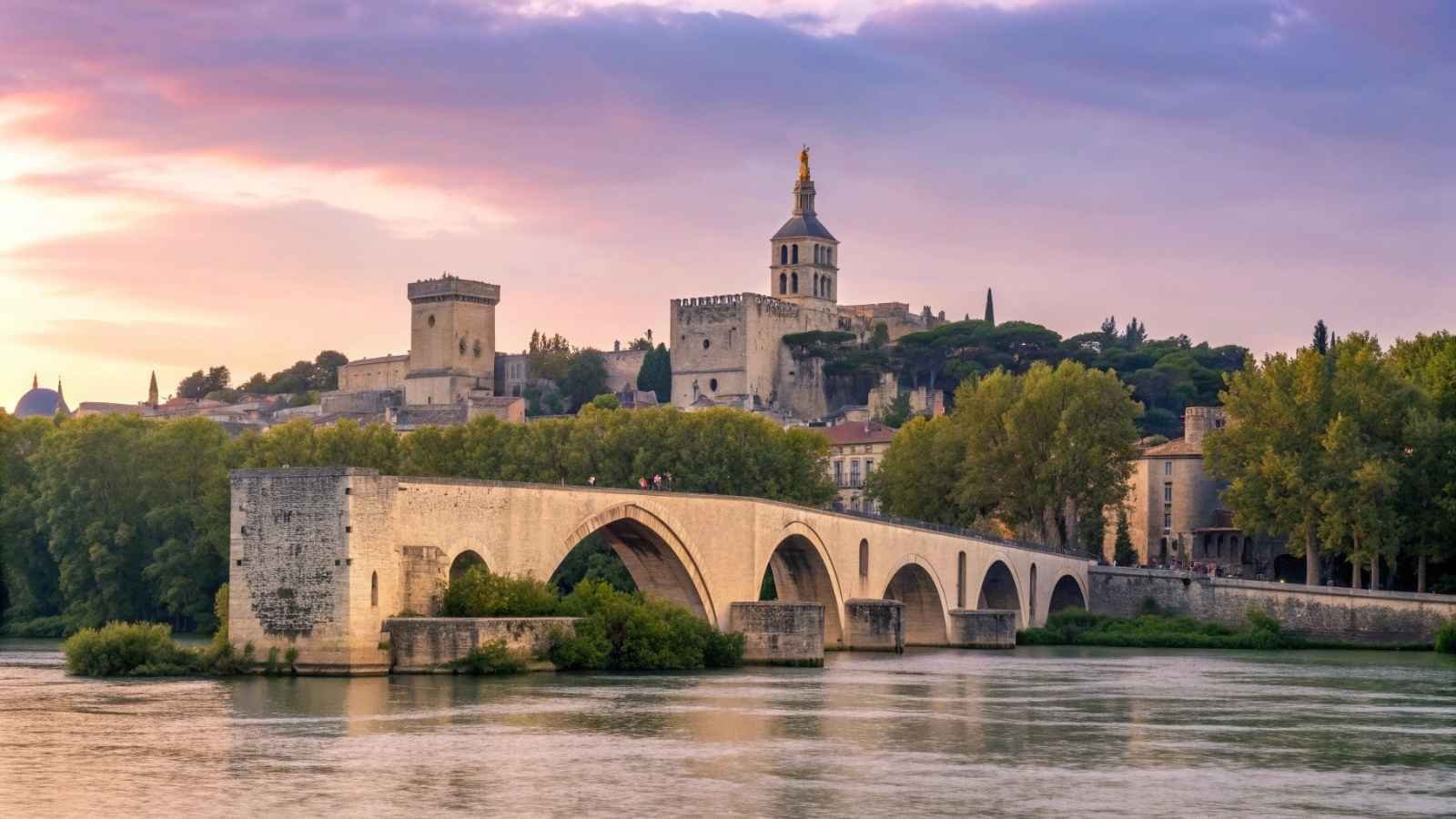
Avignon wears its history proudly. Once the seat of the Papacy in the 14th century, it’s a city where medieval grandeur still dominates the skyline. The Palais des Papes towers over the old town, its massive stone walls a reminder of Avignon’s powerful past. Unlike Paris, where history often hides behind traffic and modern shops, here it takes center stage.
But Avignon isn’t frozen in time. The city has a thriving cultural side, most notably its annual theatre festival that transforms the town into one big stage. Streets fill with performers, posters, and a buzz of creativity that blends seamlessly with the historic setting.
Surrounded by vineyards and Provençal landscapes, Avignon also offers a slower, more flavorful experience of France. A short bike ride can take you to the Rhône Valley wineries, or you can stay in town and enjoy its cafés tucked under centuries-old arches.
- Best Months to Visit: May–June, July (for the theatre festival), September
- Don’t Miss: Palais des Papes, Pont d’Avignon, Avignon Theatre Festival
- Known For: Papal history, cultural festivals, Provençal lifestyle
- Perfect For: History buffs, culture seekers, travelers wanting a smaller-city pace with world-class heritage


